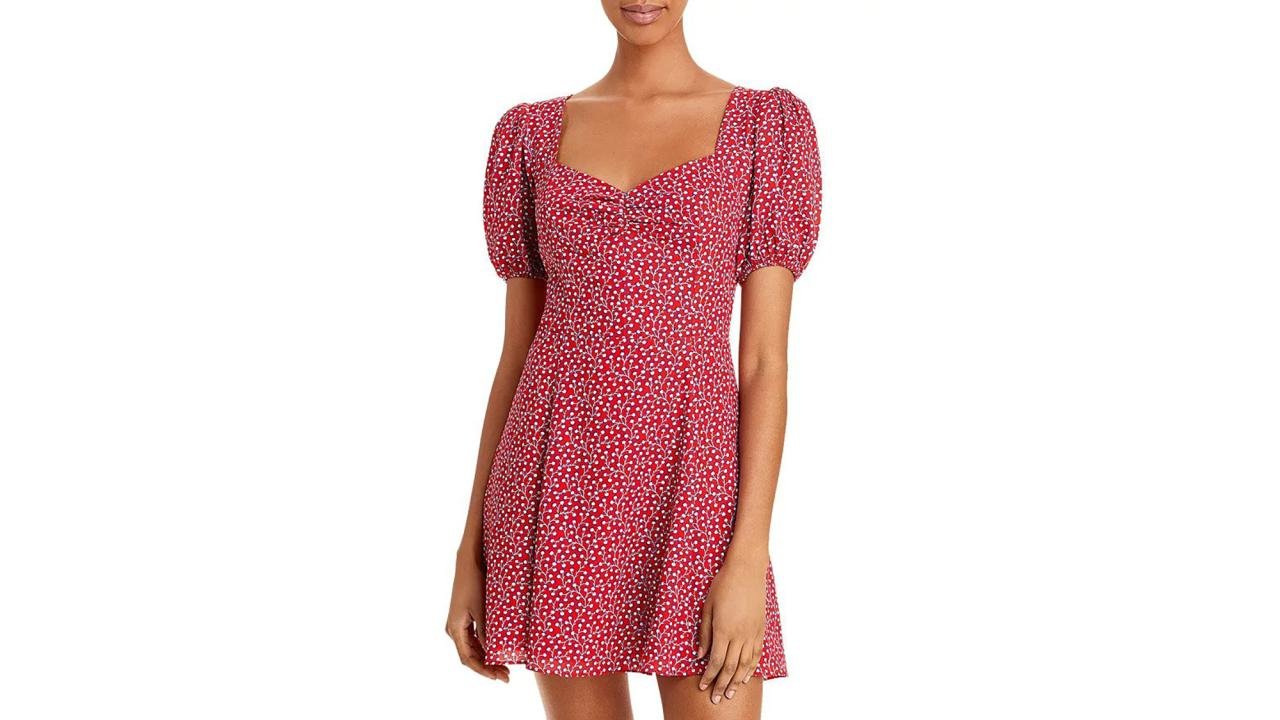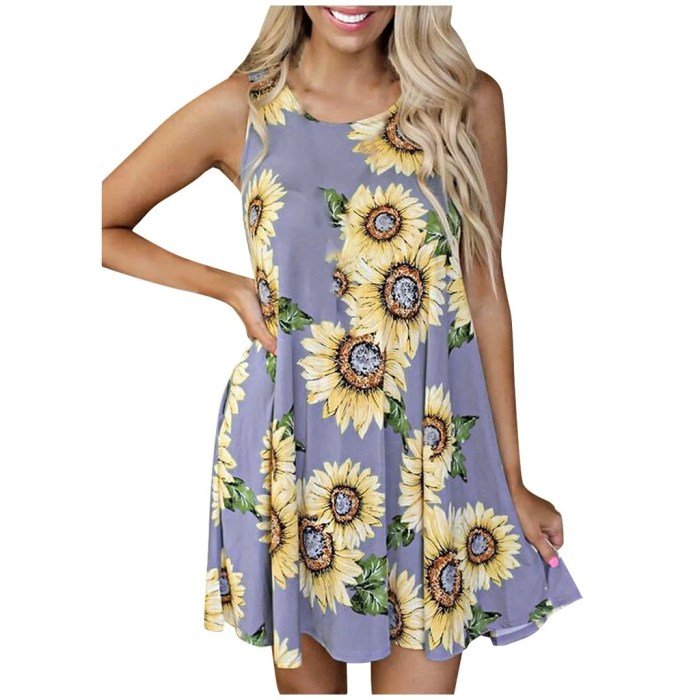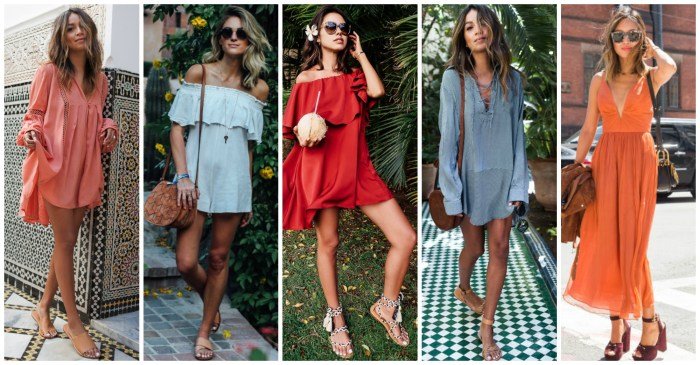Bill dresses, characterized by their flowing fabrics and elegant silhouettes, have captivated fashion enthusiasts for centuries. From red carpet appearances to formal events, these dresses exude a sense of movement and grace that makes them a timeless wardrobe staple.
Throughout history, bill dresses have evolved in design and style, reflecting the influence of different cultures and eras. Today, they remain a popular choice for women seeking to make a statement with their attire.
Bill Dresses

Bill dresses, also known as sack dresses, emerged as a revolutionary fashion statement in the 1950s. These loose-fitting, shift-like garments challenged traditional feminine silhouettes and symbolized a shift towards more relaxed and comfortable attire.
Bill dresses are characterized by their straight, boxy cut, often featuring a simple neckline and minimal detailing. They were typically made from lightweight fabrics such as cotton, linen, or silk, and could be worn with a variety of accessories to create different looks.
Bill dresses are an elegant choice for any occasion. They often feature flowing fabrics, such as chiffon or silk, and can be adorned with intricate details. For a similar yet distinctive look, consider exploring aria dresses. Aria dresses often incorporate unique elements like puff sleeves, ruffled hems, and bold prints.
While bill dresses emphasize effortless grace, aria dresses exude a touch of playful charm. Both styles offer versatility, making them perfect for various events.
Iconic Bill Dresses
Some of the most iconic bill dresses include:
- The black Givenchy dress worn by Audrey Hepburn in the 1961 film Breakfast at Tiffany’s.
- The white silk dress worn by Marilyn Monroe in the 1955 film The Seven Year Itch.
- The red Valentino dress worn by Julia Roberts in the 1990 film Pretty Woman.
Materials and Fabrics Used in Bill Dresses

Bill dresses are characterized by their flowing, billowing silhouette, which is achieved through the use of lightweight, airy fabrics. The choice of fabric plays a crucial role in determining the overall look and feel of the dress, as well as its ability to create the desired billowing effect.
Silk
- Luxurious and elegant, silk is a natural fiber that drapes beautifully and creates a soft, flowing silhouette.
- Silk is breathable and comfortable to wear, making it ideal for bill dresses that will be worn for extended periods of time.
Chiffon
- A sheer, lightweight fabric, chiffon is known for its airy,飘逸 appearance.
- Chiffon is often used in bill dresses to create a romantic, ethereal look.
Organza
- A stiff, transparent fabric, organza adds volume and structure to bill dresses.
- Organza is often used to create layered or ruffled effects.
In addition to these fabrics, other materials such as lace, tulle, and satin can also be used to create bill dresses. The choice of fabric will ultimately depend on the desired look and feel of the dress, as well as the personal preferences of the wearer.
Design Elements of Bill Dresses

Bill dresses, known for their flowy silhouettes and ethereal elegance, are defined by a unique set of design elements. These elements work harmoniously to create a sense of movement and grace, capturing the essence of effortless beauty.
One of the most striking features of bill dresses is their loose, flowing silhouettes. The fabrics used, often lightweight and airy, drape effortlessly over the body, creating a sense of fluidity and movement. This loose fit allows for unrestricted movement, adding to the overall comfort and elegance of the dress.
The fabrics used in bill dresses play a crucial role in shaping their design. Soft, flowing fabrics such as chiffon, silk, and georgette create a delicate and ethereal effect, while heavier fabrics like velvet and brocade add a touch of opulence and structure.
Bill dresses, known for their elegant and timeless appeal, offer a versatile option for formal occasions. If you seek a touch of modernity, consider exploring muzzies dresses , which blend traditional elements with contemporary flair. The intricate designs and luxurious fabrics of muzzies dresses create a captivating and sophisticated look, while still maintaining the gracefulness associated with bill dresses.
The choice of fabric can significantly alter the overall aesthetic of the dress, from a casual, bohemian vibe to a more formal, evening-appropriate look.
Exaggerated sleeves are another defining element of bill dresses. From billowing bishop sleeves to dramatic bell sleeves, these sleeves add a touch of drama and flair to the overall design. The volume and shape of the sleeves can vary greatly, creating different silhouettes and adding visual interest to the dress.
The design of bill dresses has been influenced by various cultures and eras throughout history. From the flowing robes of ancient Greece to the elaborate gowns of the Victorian era, bill dresses have evolved to reflect the changing tastes and sensibilities of different societies.
Cultural Influences
Bill dresses have been embraced by cultures worldwide, each adding its own unique touch to the design. In India, bill dresses known as “anarkalis” are characterized by their long, flowing silhouettes and intricate embroidery. In Japan, bill dresses known as “yukatas” are made from lightweight cotton and often feature bold patterns and vibrant colors.
Historical Influences
Bill dresses have also been influenced by different historical eras. The billowing sleeves and loose silhouettes of the Renaissance era have inspired many modern bill dress designs. The Victorian era brought about a more structured and elaborate style of bill dresses, with heavy fabrics and intricate embellishments.
The 1920s flapper era saw the rise of shorter, more carefree bill dresses, reflecting the changing social norms of the time.
In conclusion, the design elements of bill dresses, including their loose silhouettes, flowing fabrics, and exaggerated sleeves, work together to create a sense of movement and elegance. These elements have been influenced by various cultures and eras throughout history, resulting in a diverse and ever-evolving style that continues to captivate fashion enthusiasts worldwide.
Occasions for Wearing Bill Dresses
Bill dresses, known for their flowing and elegant designs, are suitable for a variety of formal and semi-formal occasions. Their versatility makes them a popular choice for events where style and sophistication are desired.
The formality of the dress should align with the occasion. For weddings, floor-length bill dresses in luxurious fabrics like silk or lace are appropriate. For formal events such as galas or awards ceremonies, shorter bill dresses in elegant fabrics like satin or chiffon can be suitable.
Celebrity and Fashion Icon Examples
Bill dresses have graced the red carpets of countless events, worn by celebrities and fashion icons alike. At the 2023 Academy Awards, actress Michelle Williams stunned in a floor-length bill dress in a vibrant shade of red, while model Hailey Bieber opted for a shorter, white bill dress at the Met Gala.
Bill dresses are a classic choice for any occasion, and they come in a variety of styles to suit every taste. If you’re looking for something a little more unique, you might want to consider a modelle dress. These dresses are typically made from high-quality fabrics and feature intricate designs.
They’re perfect for special occasions, such as weddings or proms. Of course, you can also find more casual Modelle dresses that are perfect for everyday wear. No matter what your style, you’re sure to find the perfect bill dress for you.
Styling Tips for Bill Dresses
Bill dresses are versatile garments that can be styled to suit various occasions. Whether you’re attending a formal event or a casual gathering, there are certain styling tips that can help you enhance the elegance and impact of your dress.
When choosing accessories for your bill dress, consider the overall style and neckline of the dress. For a more formal look, opt for classic jewelry pieces such as pearls or diamonds. For a more casual look, you can choose statement jewelry or chunky necklaces.
As for shoes, heels are always a flattering choice, but you can also wear flats or sandals if you prefer a more relaxed look.
When it comes to handbags, choose a style that complements the dress and the occasion. For a formal event, a clutch bag or a small evening bag is a good choice. For a more casual look, you can choose a larger handbag or a tote bag.
Finally, don’t forget to consider your hair and makeup when styling your bill dress. For a more formal look, opt for a classic updo or a sleek ponytail. For a more casual look, you can wear your hair down or in a loose braid.
As for makeup, keep it natural and fresh for a daytime look, and add a touch of glamour for an evening look.
Women’s Dresses
Women’s dresses come in a vast array of styles, silhouettes, and fabrics, catering to diverse tastes and occasions. From formal gowns to casual sundresses and elegant work attire, there’s a dress to suit every woman’s style and need.
To provide a comprehensive overview, we’ve categorized women’s dresses into three primary groups:
Formal Dresses
Formal dresses are designed for special occasions such as weddings, proms, and galas. They typically feature luxurious fabrics like silk, lace, or velvet, and are often adorned with intricate embellishments such as beading, embroidery, or sequins.
Bill dresses, with their graceful silhouettes and elegant designs, have long captivated fashion enthusiasts. While they exude a timeless charm, the emergence of spirit dresses has introduced a fresh and ethereal twist to this classic style. With their flowing fabrics, intricate embellishments, and ethereal beauty, spirit dresses offer a unique and captivating alternative, while still maintaining the feminine allure that characterizes bill dresses.
| Neckline | Sleeve Length | Skirt Shape |
|---|---|---|
| Sweetheart | Long | A-line |
| Halter | Short | Mermaid |
| Off-the-shoulder | Cap | Ballgown |
Closing Notes: Bill Dresses
Whether it’s for a grand occasion or a special evening out, a bill dress is a garment that commands attention. Its ability to flatter a wide range of body types and create a sense of effortless elegance makes it a versatile and enduring fashion icon.
FAQ Corner
What are the most common fabrics used in bill dresses?
Silk, chiffon, and organza are popular choices for their lightweight and flowy properties.
What occasions are bill dresses suitable for?
Bill dresses are appropriate for formal events, weddings, and red carpet appearances.
How can I style a bill dress to enhance its impact?
Accessorize with statement jewelry, heels, and a clutch bag to complete the look.